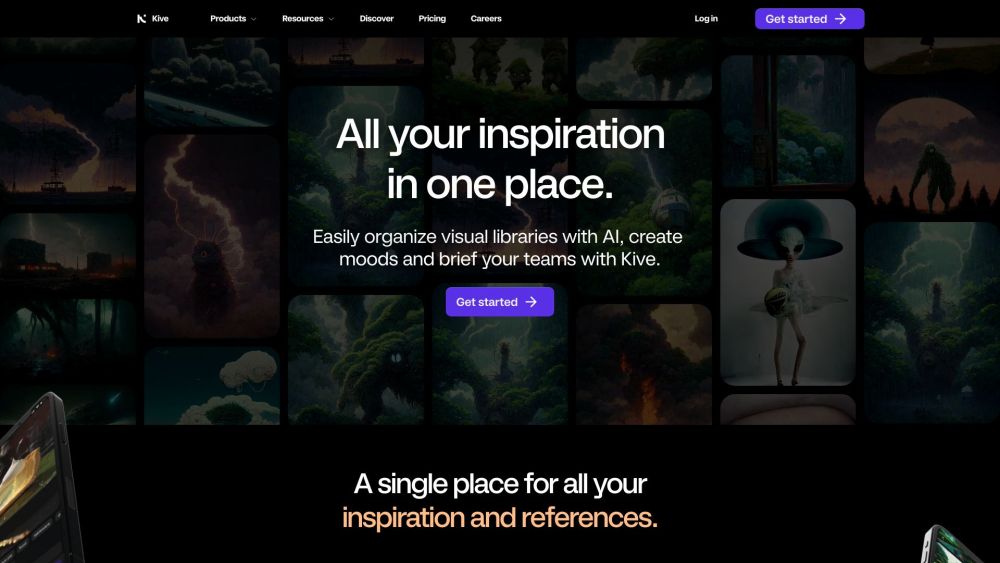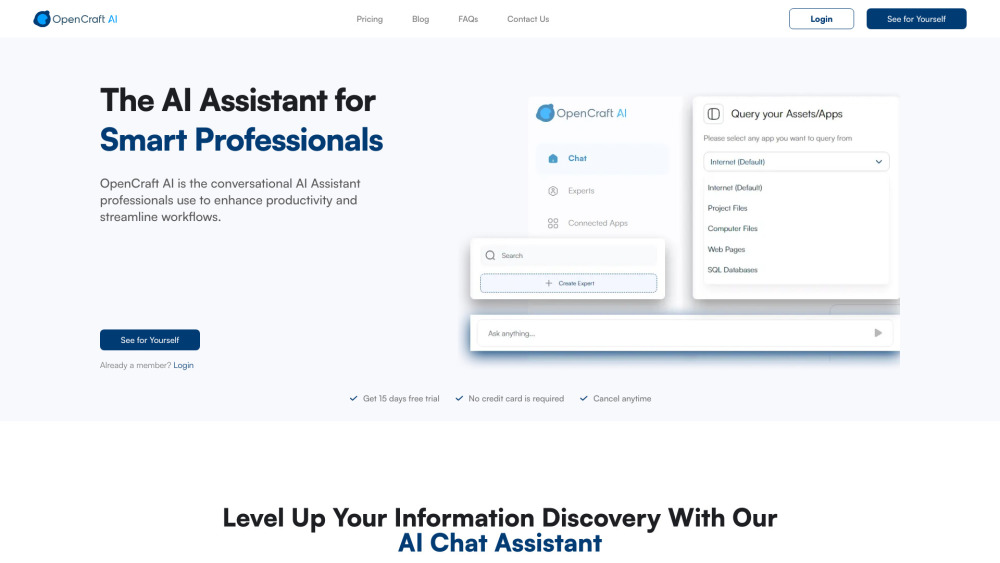In recent years, the kitchen has increasingly emerged as a central hub for automation technology. Companies like Miso have gained recognition for innovations such as Flippy, a robotic arm designed for cooking hamburgers, which is currently used in chain restaurants like White Castle. However, other ventures, like Zume Robotics, have not fared as well; the pizza automation firm closed its doors last year after shifting its focus to eco-friendly food packaging.
Since its inception in 2019, Chef Robotics has been making strides in this evolving landscape. The company's launch was notably well-timed, occurring just before COVID-related closures and persistent labor shortages in sectors like fast food. This week, the San Francisco-based company announced a successful closure of a $14.75 million combined equity and debt financing round.
This new funding follows a previous raise of $7.7 million in 2021, elevating Chef Robotics' total funding to $22.5 million—comprised of $18.2 million in equity and $4.25 million in debt. The investment round saw participation from notable firms including MaC Venture Capital, MFV Partners, Interwoven Ventures, and Alumni Ventures, alongside existing supporters such as Construct Capital, Kleiner Perkins, Promus Ventures, and Red and Blue Ventures.
Much of this capital will support Chef's go-to-market strategy based on a Robotics-as-a-Service (RaaS) model. RaaS is gaining traction in industrial automation, as the high upfront costs associated with purchasing large robots can be prohibitive for many businesses. Additionally, the company plans to expand its workforce, hiring engineers and technicians to increase its current staff of approximately 30.
Chef's founder and CEO, Rajat Bhageria, emphasizes that Chef Robotics sets itself apart from competitors like Miso by concentrating on food assembly rather than cooking. The company also promotes ChefOS, the advanced software that guides its robotic arm. Bhageria explains, “Food is highly variable: the way ingredients are prepared (e.g., julienned versus chopped), how they are cooked (e.g., sautéed, baked, or broiled), and how they are stored (e.g., cooked, room temperature, frozen) can significantly alter their properties.” To navigate these nuances, Chef employs a variety of sensors, including cameras, to gather training data that inform their models in manipulating numerous ingredients effectively.
A key part of Chef's approach is its reliance on readily available hardware components. There’s a widely held belief among roboticists that if existing solutions adequately meet needs, there is little point in reinventing them.
While Chef isn’t disclosing specific sales figures, they report operating robots in food companies across five cities in the U.S. and Canada, including clients from the Fortune 500. Bhageria reveals that the company has quadrupled its "recurring revenue from 2022 to 2023," although further details remain undisclosed.




